Design Tools
Crafting the Best: Top Software for Architectural Rendering and Landscape Design
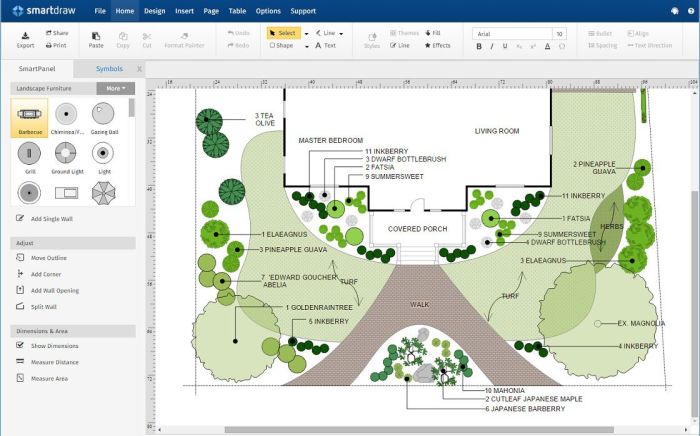
Delve into the world of architectural rendering and landscape design with the best software options available. This article offers a comprehensive look at the tools that can bring your architectural and landscaping visions to life in stunning detail.
Explore the features, capabilities, and examples of projects created using these software solutions to understand how they can elevate your design process.
Best Software for Architectural Rendering
When it comes to architectural rendering, having the right software can make a world of difference in the quality and efficiency of your work. Here are some of the top software options that are highly regarded in the field of architectural visualization.
1. Autodesk 3ds Max
Autodesk 3ds Max is a popular choice among architects and designers for its robust set of tools for creating stunning visualizations. Its key features include advanced rendering capabilities, customizable plugins, and a user-friendly interface. Projects created using 3ds Max often showcase realistic lighting, textures, and materials.
2. Lumion
Lumion is known for its fast rendering speeds and ease of use, making it a favorite among professionals looking to create quick and impressive architectural visualizations. With its library of pre-built assets and intuitive controls, Lumion allows users to create lifelike environments with minimal effort.
3. V-Ray
V-Ray is a powerful rendering engine that is compatible with a variety of 3D modeling software, making it a versatile choice for architectural rendering. Its advanced lighting and shading tools help users achieve photorealistic results, making it a popular option for high-quality visualizations.
4. Blender
Blender is a free, open-source software that offers a range of tools for architectural rendering and visualization. While it may have a steeper learning curve compared to other software options, Blender is highly customizable and capable of producing professional-grade renderings when used effectively.Each of these software options has its own strengths and weaknesses, so it's important to consider your specific needs and preferences when choosing the right tool for your architectural rendering projects.
Best Software for Landscape Design

When it comes to designing outdoor spaces, having the right software can make a significant difference in the efficiency and quality of your work. Let's explore some of the leading software tools specifically designed for landscape design.
AutoCAD
AutoCAD is a versatile design software that is commonly used in the architecture and engineering fields. While it is not exclusively for landscape design, its robust features make it a powerful tool for creating detailed landscape plans. AutoCAD allows users to work in 2D and 3D, enabling them to design terrains, select plants, and even incorporate outdoor lighting elements seamlessly.
SketchUp
SketchUp is known for its user-friendly interface and flexibility, making it a popular choice among landscape designers. With SketchUp, users can easily create 3D models of landscapes, visualize terrain changes, and experiment with different plant arrangements. The software also offers a vast library of pre-made models, textures, and plugins that can enhance the design process.
Lumion
Lumion is a real-time rendering software that excels in creating stunning visualizations of outdoor spaces. While primarily used for architectural visualization, Lumion can also be a valuable tool for landscape designers. The software allows users to add realistic lighting effects, materials, and textures to their landscape designs, bringing them to life in a way that static drawings cannot.
Resources for Learning
Mastering landscape design software may require some time and effort, but there are various resources available to help you enhance your skills. Online tutorials, user forums, and official documentation provided by the software developers can all be valuable sources of information.
Additionally, enrolling in specialized courses or workshops focused on landscape design software can provide hands-on training and practical knowledge to improve your design capabilities.
Integration of Architectural Rendering and Landscape Design Software
When architects and designers leverage a combination of architectural rendering and landscape design software, they can create more comprehensive and visually appealing designs that seamlessly incorporate both built structures and outdoor spaces.
Benefits of Integration
- Enhanced Visualization: By merging architectural and landscape elements in one software platform, professionals can better visualize the overall design concept.
- Improved Coordination: Integrating both types of software allows for better coordination between indoor and outdoor spaces, ensuring a cohesive design.
- Streamlined Workflow: Transitioning between architectural rendering and landscape design tools within the same software environment can streamline the design process and save time.
Successful Project Examples
One notable project where the integration of architectural rendering and landscape design software proved beneficial is the
XYZ Residence
. The software allowed the architects to seamlessly blend the modern architectural elements with the lush landscaping, creating a harmonious living environment.
Challenges and Solutions
- Compatibility Issues: Sometimes, different software tools may not be fully compatible when integrating. To overcome this, professionals can use file formats that are universally supported by both programs.
- Learning Curve: Switching between architectural rendering and landscape design software may require some time to adapt. Training sessions and tutorials can help users navigate the transition more smoothly.
Tips for Optimizing Workflow
- Establish a Clear Design Concept: Before transitioning between software tools, ensure you have a clear design concept in mind to maintain consistency throughout the process.
- Utilize Templates and Libraries: Take advantage of pre-built templates and libraries within the software to speed up the design process and maintain a cohesive look.
- Collaborate with Team Members: Communication is key when integrating different software tools. Collaborate with team members to ensure everyone is on the same page throughout the design process.
Final Review
In conclusion, mastering the best software for architectural rendering and landscape design opens up a realm of possibilities for architects and designers. With the right tools at your disposal, creating captivating and realistic designs becomes not just a possibility, but a reality waiting to be explored.
Clarifying Questions
What are the key features to look for in architectural rendering software?
Key features include realistic lighting effects, material libraries, and the ability to create detailed textures for a lifelike architectural visualization.
Which software is best for detailed terrain modeling in landscape design?
Software like SketchUp and Lumion excel at detailed terrain modeling, allowing for intricate landscape design plans to be created with ease.
How can architects optimize workflow when transitioning between rendering and landscape design software?
One way is to ensure compatibility between the software tools used and to establish a seamless workflow by importing and exporting files efficiently.
-
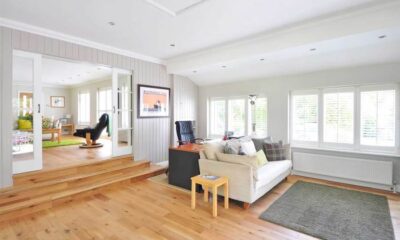
 General6 months ago
General6 months agoSmall Home Renovation Ideas: 5 Creative Ways to Maximize Space
-

 General8 months ago
General8 months agoAI-powered lifestyle design tools for home planning: Revolutionizing Efficiency and Customization
-
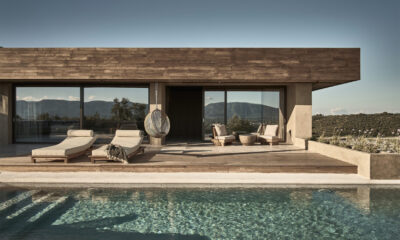
 General8 months ago
General8 months agoCaptivating Title: Interior and Exterior Design Ideas for Wellness Retreats
-
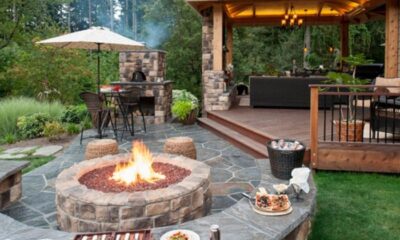
 General6 months ago
General6 months agoCaptivating Fire Pit Patio Design Ideas to Transform Your Outdoor Space
-

 General6 months ago
General6 months agoThe Ultimate Guide to the Best Architectural Rendering Services for High-End Real Estate
-

 General7 months ago
General7 months agoEco-Friendly House Paint Options: A Guide to Sustainable Painting Choices
-
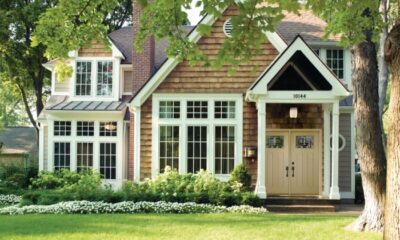
 General7 months ago
General7 months agoCrafting Energy Efficient Home Exteriors: A Guide to Sustainability
-
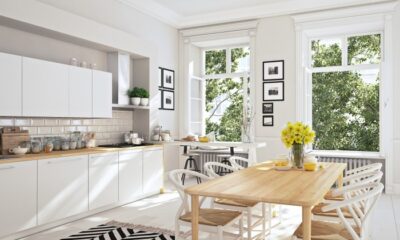
 General7 months ago
General7 months agoCrafting a Timeless Aura: Unveiling the Magic of Scandinavian Interior Design





